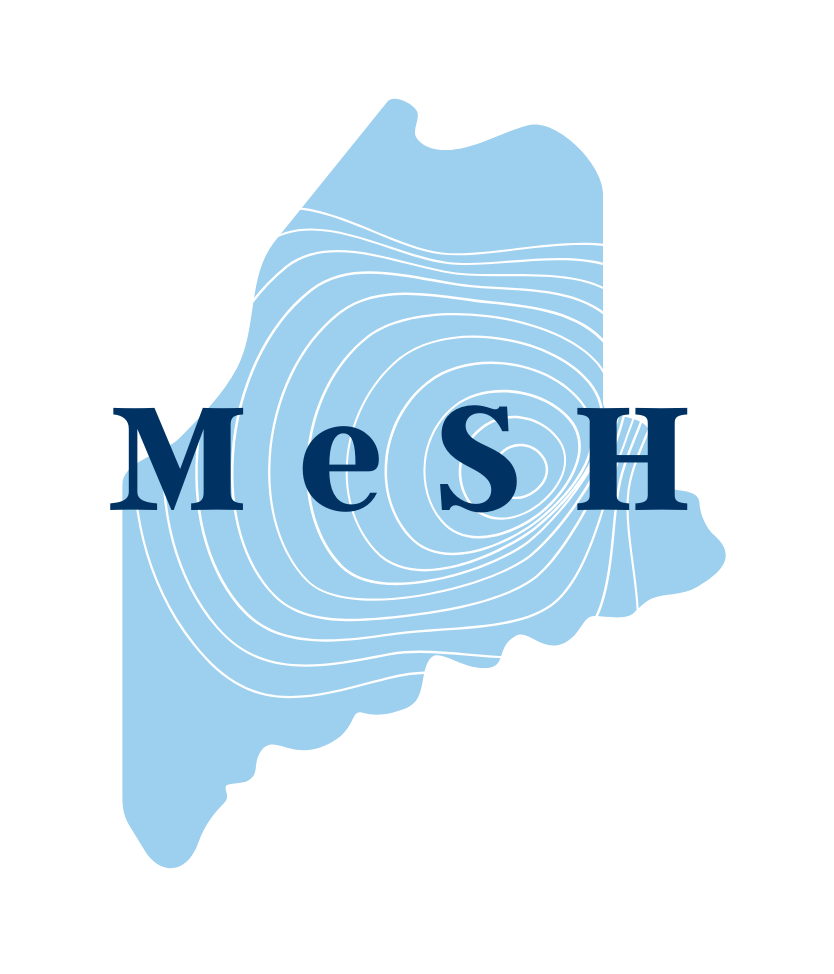Environmental Conservation Resources
Governmental
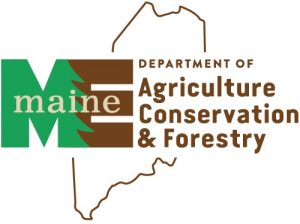
Maine Department of Agriculture, Conservation and Forestry
The Maine DACF acts as a support center for land based and natural resource interests and strives to create Maine jobs while improving land based industries and regulations. Some of their duties include managing forest fires, land use planning, preserving and restoring public lands, mapping the ocean floor, and helping farmers. The DACF website has useful information about Maine’s native animal and plant life, invasive species, forests, geology, recreational sites and events, land planning practices, grant opportunities, regulations, and various Bureaus within the Department
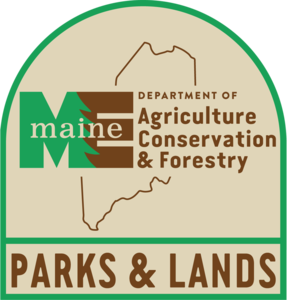
Bureau of Parks and Lands
The Bureau of Parks and Lands operates within the Department of Agriculture, Conservation, and Forestry to protect natural and cultural resources. It manages more than 65,000 acres of land, offers diverse educational and recreational opportunities, and works to provide valuable environmental and economic benefits to both current and future generations. The bureau endeavors to manage lands in such a way that damage from human activity is minimized so that future generations will be able to enjoy the same resources. Their website provides useful information and resources related to natural resources, parks, and the outdoors in Maine, as well as planning outdoor recreation activities and finding volunteer, employment, and business opportunities related to Maine’s natural resources.
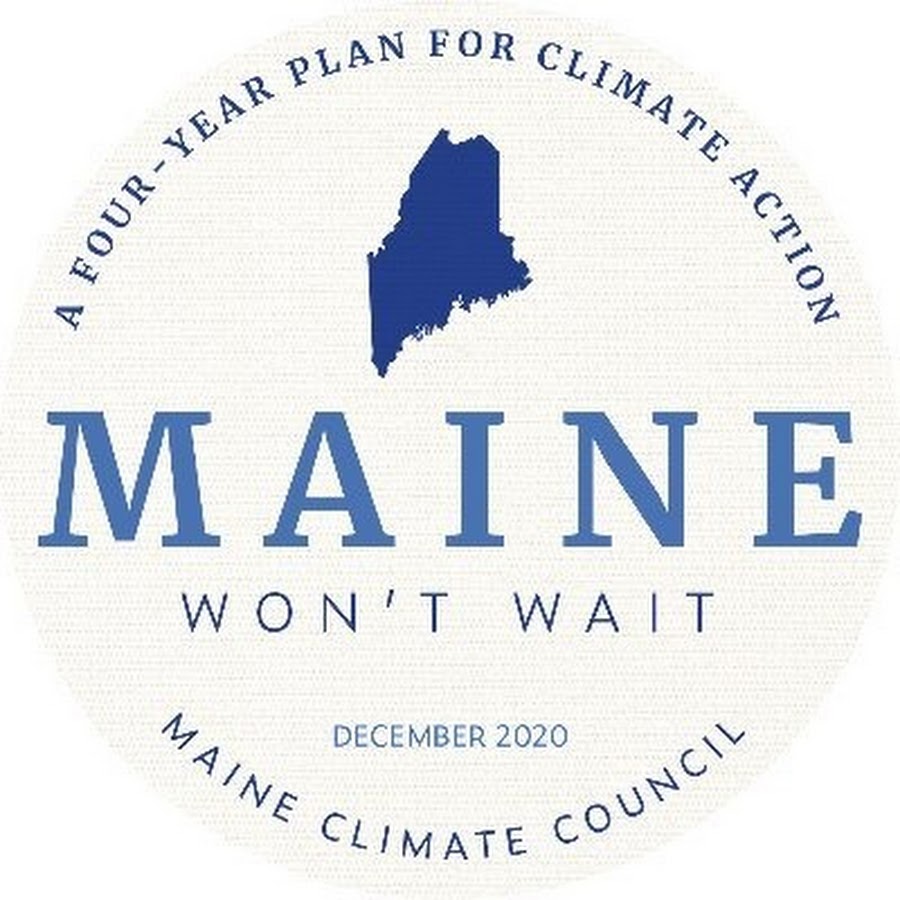
Maine Climate Council
The Maine Climate Council was created by Governor Janet Mills in 2019 to devise a four-year plan to reduce Maine’s emissions in an effort to combat climate change. The council is made up of experienced and capable scientists, engaged citizens, local and state officials, and industry professionals. Information about how to attend council meetings, how to subscribe to the newsletter, the backgrounds of the members, current working groups, and subcommittees can be found on their website. Interested parties can also access technical documents, scientific reports, the climate action plan itself, and annual reports.
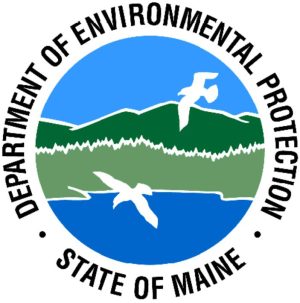
Maine Department of Environmental Protection
The Maine DEP is responsible for protecting and restoring Maine’s natural resources as well as enforcing its environmental laws. The Department is made up of the Office of the Commissioner and the bureaus of Air Quality, Land Resources, Remediation & Waste Management, and Water Quality. It works to prevent, abate, and control pollution in its effort to maintain a safe and healthy environment. The Maine DEP advises policymakers, provides technical support, and issues relevant licenses. It also acts as a link between the Maine and federal governments, as well as the public, legislators, and municipal governments in regard to environmental issues. Some of their other work also includes assisting with site and spill cleanups and providing information to the public about important topics such as recycling, environmental dangers, how to comply with regulations, and climate change mitigation resources.
Maine Natural Areas Program
The Maine Natural Areas Program (MNAP) is run by the Maine Department of Agriculture, Conservation, and Forestry. The program inventories land which supports rare or endangered plants and animals, rare natural communities and ecosystems, and outstanding examples of common ecosystems. MNAP compiles historical and current information about habitats, species, ecosystems, and natural features which is then shared with relevant groups related to conservation and land planning. It aims to preserve biodiversity and natural heritage so that future generations will be able to enjoy them. The MNAP website contains general and geographical information about native, invasive, rare, and endangered species in Maine. The MNAP also provides resources for property owners looking to evaluate their land, as well as site reviews for land use projects. The program oversees ecological monitoring plans for more than 90,000 acres of land designated as Ecological Reserves. A map and list of these reserves can be found on the MNAP website.
Maine Government: Land and the Environment
This page on the Maine government website lists various links to resources related to Maine conservation organizations, foliage, fire danger, forest protection, recycling, drinking water, and home hazards.

Natural Resources Conservation Service
The Natural Resource Conservation Service is managed by the USDA Farm Production and Conservation (FPAC) division and works to provide both leadership and technical assistance to address natural resource conservation issues. This is a non-regulatory agency which works with landowners to identify and address conservation issues through voluntary programs. There are several programs and initiatives designed to reduce environmental damage and improve the quality of natural resources. Land and business owners can check their eligibility for assistance programs and apply on the website.
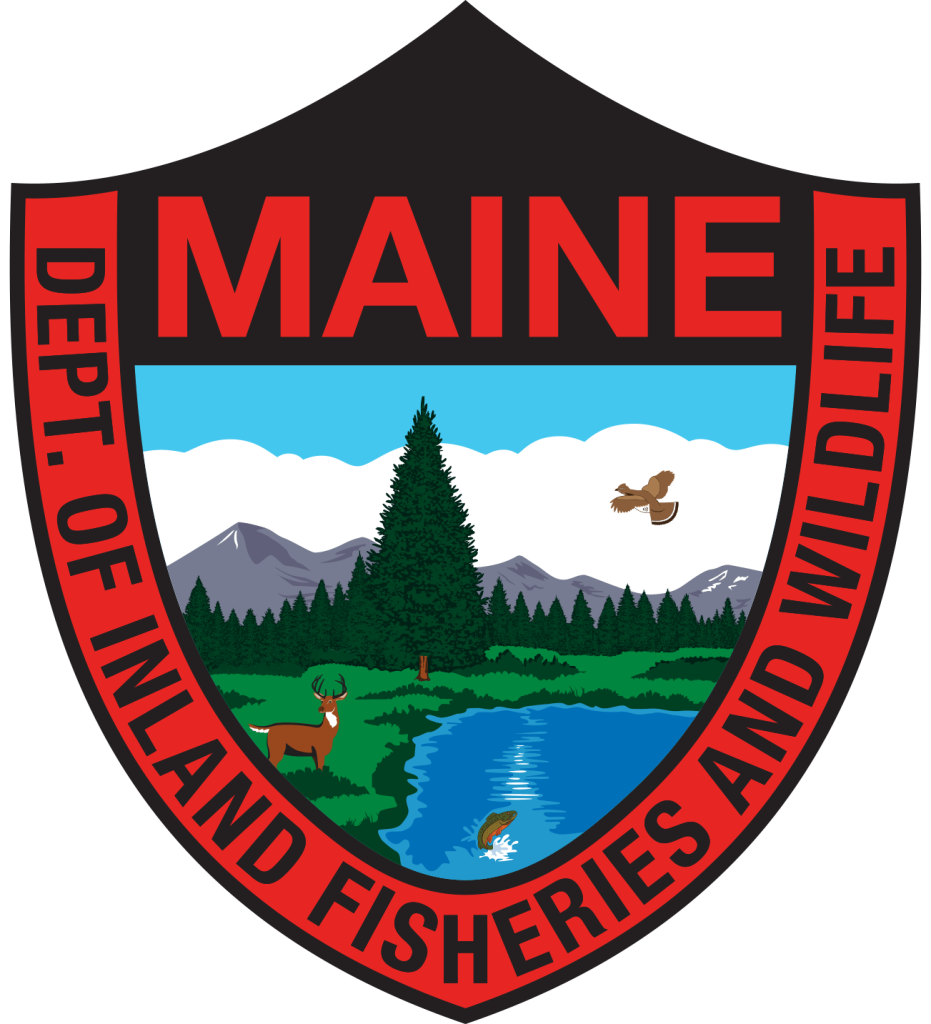
Maine Department of Inland Fisheries and Wildlife
The MDIFW preserves, protects, and enhances the fishery and wildlife resources of Maine. It protects and manages fish, non-game wildlife, and habitats while restoring endangered species. The department is also responsible for facilitating safe outdoor activities such as whitewater rafting, hunting, fishing, boating, and wildlife observation. More information about research, programs, and activities carried out by the MDIFW, as well as important rules and regulations can be found on their website.
Maine Nonprofits
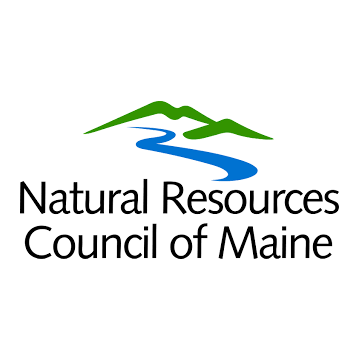
Natural Resources Council of Maine
The Natural Resources Council of Maine (NRCM) has been working to protect, restore, and conserve Maine’s environment for current and future generations for more than 60 years. Their goals are to protect the health of waterways, promote sustainable communities, decrease pollution, conserve lands and habitats, and defend federal environmental policies which protect Maine. Some of their most successful projects include the removal of the Edwards Dam on the Kennebec River and a very effective recycling program. Their many projects and programs are split into the following groups: Climate & Clean Energy, Healthy Waters, Forests & Wildlife, Sustainability, State House/Emerging Issues, and Washington Watch/Federal. Their website has information about how to get involved through internships, community action and partnerships, attending virtual and in-person events, and personal action. The NRCM also hosts numerous virtual and in-person events such as webinars, workshops, and summits throughout the year. Past webinars can be viewed on their YouTube channel.
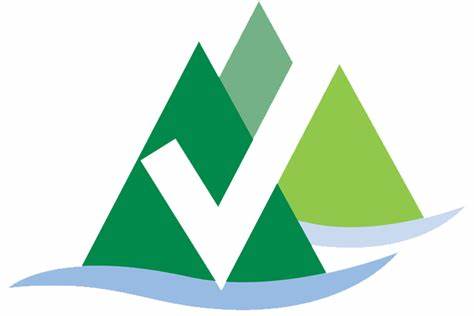
Maine Conservation Alliance
The Maine Conservation Alliance protects Maine’s environment and democracy through education, collaboration, and advocacy. The alliance believes that the efforts and involvement of community members is essential to effectively rising to the challenges brought about by climate change, pollution, and other complex environmental issues. The Maine Conservation Alliance is a member of the Environmental Priorities Coalition, a partnership of 37 environmental, conservation, and public health organizations which represent more than 120,000 members and work to protect and enhance Maine’s environment, public health, and clean energy future. There are many resources to help people get involved in various forms of environmental action such as informed voting, social media campaigns, and reaching out to elected representatives.
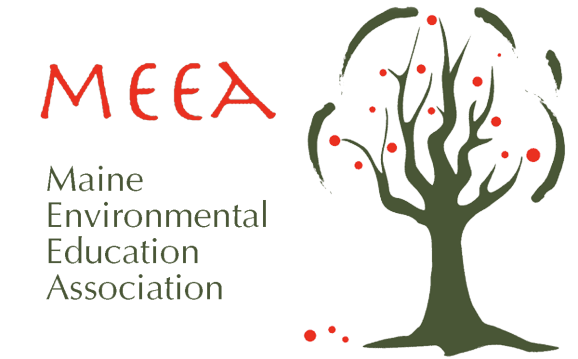
Maine Environmental Education Association
The Maine Environmental Education Association (MEEA) promotes and builds environmental awareness, accountability, and action by focusing on equity and enacting systemic change. MEEA facilitates the Environmental Changemakers program, a youth led network that provides leadership training and works to build an empowering community. It also gives out awards related to environmental education and activism annually and organizes climate summits and annual conferences. MEEA is an affiliate of the North American Association for Environmental Education. Their website has various resources related to equity, outdoor education, environmental literacy, and available jobs in their network.
Maine Conservation Voters
Maine Conservation Voters (MVC) works to protect Maine’s environment and democracy by influencing public policy, holding politicians accountable, and winning elections. The MCV releases annual environmental scorecards which grades legislators’ votes on environmental bills and informs the public about candidate views and history related to environmental concerns. It also works with the Maine government and the Maine Conservation Alliance to support effective legislation related to environmental conservation. The MVC is committed to advancing equity, inclusion, and racial justice within the organization, in Maine’s conservation, climate action, and voting rights movements, and by elected leaders.
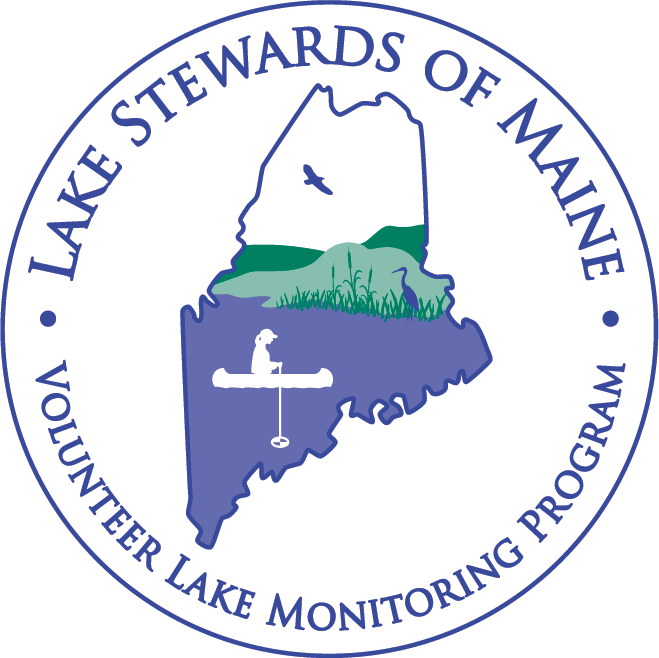
Lake Stewards of Maine
Lake Stewards of Maine (LSM) works to protect Maine lakes and promote lake stewardship through citizen participation and by gathering and disseminating credible information about lake health. Their primary initiatives are to monitor and improve water quality, control invasive species, improve the identification and mitigation of pollution, and collect and communicate important lake data. They help train volunteers and provide technical support for topics such as invasive species identification and removal, water quality monitoring, and lake health assessment skills. They host the Maine Lakes and Lake Stewards of Maine Annual Conference. The LSM website has resources and information related to their annual webinar series, how to report important aquatic events and phenomena, previously collected data, species mapping, lake ecology, equipment maintenance, and regulations. Information about how to volunteer, training, and employment opportunities can also be found on the site.
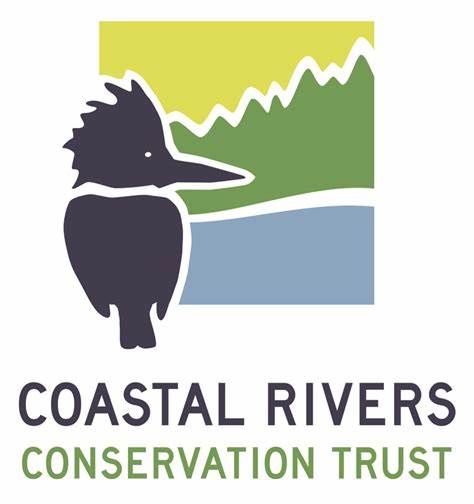
Coastal Rivers Conservation Trust
It is the mission of the Coastal Rivers observation Trust to protect and preserve the lands and waters of the Damariscotta-Pemaquid region by conserving important places, protecting water quality, creating trails, improving public access, and deepening connections to nature. Coastal Rivers conserves almost 4,000 acres of important land with the assistance and support of more than 1,800 members. The land under their care includes critical land and water resources, historical and cultural assets, and important wildlife habitat. Their programs and activities provide more than 50 miles of trails, access to certain islands, educational opportunities for youth and adults, summer and vacation camps, and marine research, conservation, and monitoring. They also host various training, activity, education, social, and recreational events throughout the year. Information about how to attend events, volunteer, or contribute to their mission can be found on their website.
National and International Nonprofits
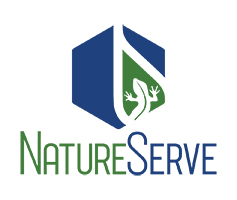
NatureServe
NatureServe is the most comprehensive source of biodiversity information for North America. Their mission is to use available science, data, and technology to guide and improve biodiversity conservation and stewardship. NatureServe created a comprehensive strategic plan to preserve and improve biodiversity in North America from 2022 to 2026. NatureServe acts as a hub for a network of more than 60 governmental and non-governmental programs throughout the U.S. and Canada. There are several programs and organizations in Maine which are part of this network. It uses the compiled information to advise conservation and land planning projects. They also give out several awards annually to individuals and organizations which have contributed greatly to biodiversity conservation or restoration.
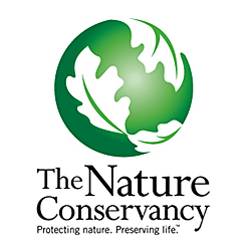
The Nature Conservancy
The Nature Conservancy works to enact effective conservation programs and techniques in more than 70 countries. To combat the climate and biodiversity crises, they are developing new approaches, assisting local leaders, and influencing policy. The Maine branch works to protect, conserve, and improve Maine’s forests, rivers, oceans, air, and communities. More information about Nature Conservancy projects and programs in each of these areas can be found on the branch’s website. There are many opportunities to volunteer, attend events, and take personal action.
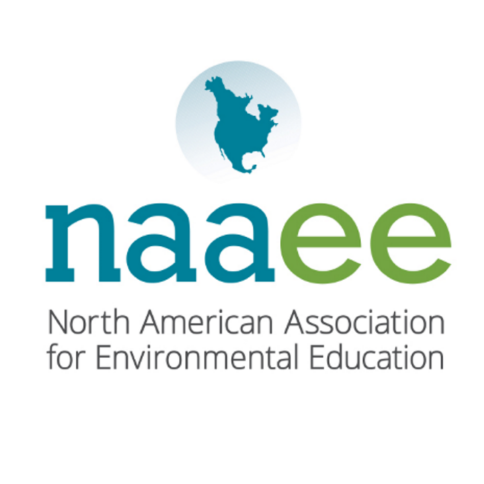
North American Association for Environmental Education
The North American Association for Environmental Education (NAAEE) promotes excellence in environmental education throughout the world, strengthens the field, and increases the visibility and efficacy of the profession. It has 56 affiliated organizations throughout Canada, U.S., and Mexico with more than 20,000 individual members, as well as members in more than 30 countries. NAAEE uses the power of education to advance environmental literacy and civic engagement to create a more equitable and sustainable world. They work to create a just and sustainable world where environmental and social responsibility motivates and shapes individual, institutional, and community choices. The NAAEE supports and runs many programs related to topics such as virtual learning, environmental leadership, and collaborations with other institutions and organizations.
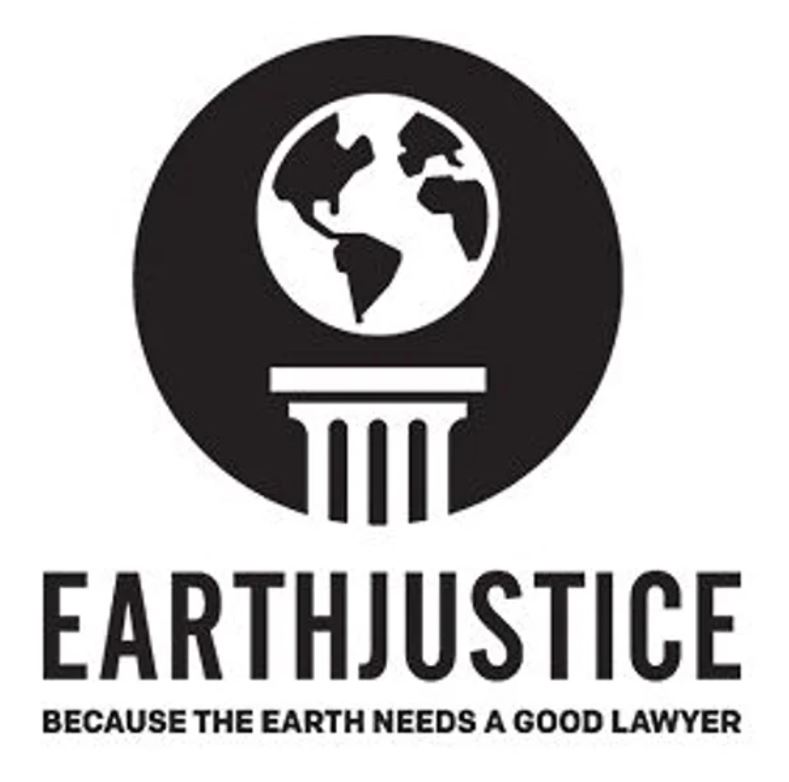
Earthjustice
Earthjustice is a nonprofit environmental law organization which utilizes the power of the law and partnership to protect people’s health, preserve places and wildlife, advance clean energy, and combat climate change. They exist because “the Earth needs a good lawyer”. They employ more than 200 lawyers and many analysts, legal strategists, policy experts, and scientists who work on many vital cases and issues across the country. Clients are represented for free and Earthjustice is committed to maintaining high levels of fiscal responsibility, transparency, efficiency, and accountability. Their lawyers always work with local organizations and people when taking on a case. Its primary goals are to end the harvest and use of fossil fuels, promote clean energy, secure clean air and water for everyone, build a justice centered environmental movement, reduce toxic chemical exposure, promote sustainable agriculture, protect biodiversity, and preserve lands and waters. More information about current and previous cases and how to get involved can be found on their website.
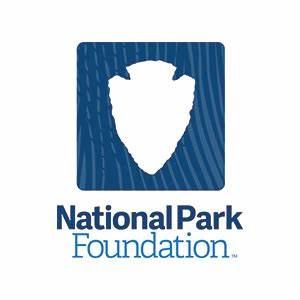
National Park Foundation
The National Park Foundation (NPF) works to maintain and preserve more than 400 National Park sites by supporting the National Park Service in their activities. The NPF works to support projects related to landscape and wildlife conservation, youth engagement, education, history and culture, outdoor exploration, sustainability, and community involvement. The Foundation supports projects and programs that maintain and improve the natural features of park lands, programming and accessibility in the parks, and park sustainability. The NPF website has information about how to support their projects.
Other Resources
Eco-USA
Eco-USA is a web directory of environmental organizations which can be searched by region or topic. It also includes a list of superfund (extremely polluted) sites and resources related to environmental toxins.

